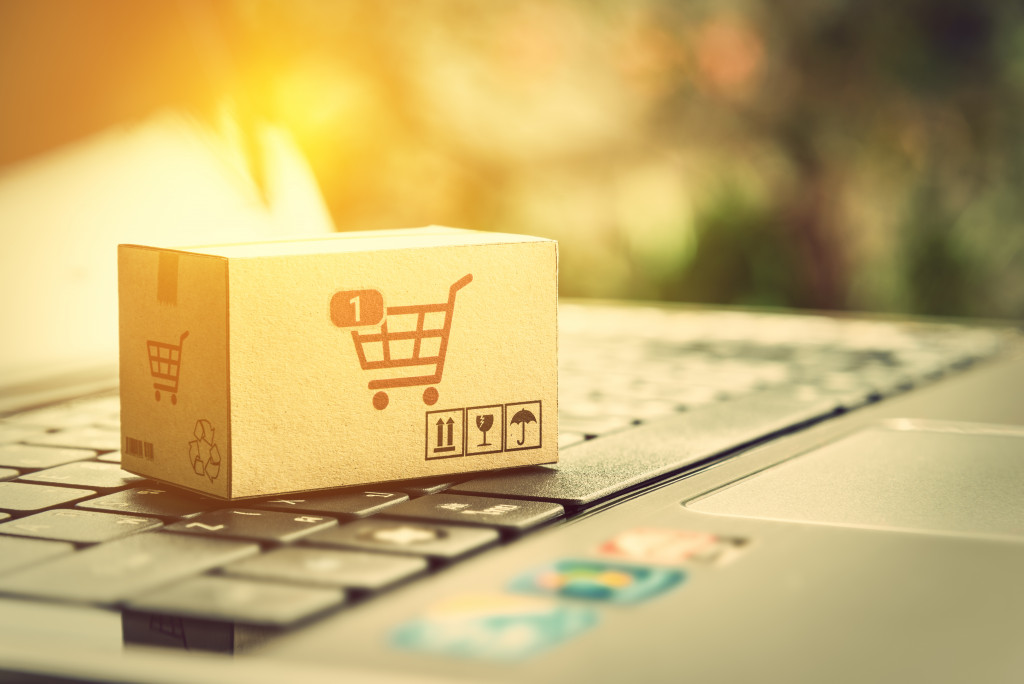- Fueled by R&D and efficient production, product development enhances competitiveness and revenue growth.
- Intelligent sourcing of raw materials and strategic manufacturing contribute to product quality and sustainability.
- Quality control ensures product consistency, boosting customer satisfaction and brand reputation.
- Sustainable and effective product packaging is critical in marketing and customer engagement.
Product development represents a critical catalyst for business growth and competitiveness. A well-orchestrated product development process can spark innovation, enhance market position, and increase revenue. According to a report by McKinsey & Company, companies that prioritized product development saw a 20% increase in their income compared to those that did not. Moreover, these companies were also 33% faster in selling their products. Hence, businesses must invest in robust product development strategies to meet the evolving demands of the market and maintain a competitive edge.
However, product development can be a long and complex process with different stages. Organizations must consider several aspects before launching a product or service to ensure success. The following are some of the critical factors that companies should consider when developing products:
Research and Development

Dedicating resources to Research and Development (R&D) is a central factor in product development and should not be overlooked. Engaging in rigorous R&D allows businesses to deeply understand their target market and craft products or services that effectively meet their needs. It also helps companies anticipate future market trends and shifts in consumer behavior.
Moreover, R&D fuels innovation by encouraging creative problem-solving and exploration of new ideas. It can lead to developing unique, standout products that set a business apart from its competitors. Additionally, R&D can result in improved manufacturing processes or the discovery of cost-effective materials, ultimately leading to increased profitability. Thus, investing in R&D is a strategic move for bolstering product development and an essential driver of long-term business success and sustainability.
Production Process
Of course, the production process is also a critical factor in product development. Investing in efficient and streamlined production mechanisms can reap multiple benefits for companies. Businesses can benefit from optimizing their production processes by reducing overhead costs, minimizing waste, and boosting output.
Here are some of the steps to consider when mass-producing products:
Sourcing of Raw Materials
The sourcing of raw materials is a crucial initial step in manufacturing. Companies should be strategic and ethical in their sourcing strategies to ensure the quality and sustainability of their final products. This involves conducting thorough research on potential suppliers and evaluating their commitment to quality, sustainability, and fair labor practices. Also, you might have to partner with a B2B delivery company to ensure the materials arrive in good condition and on time. They can also help to reduce shipping costs and optimize the ordering process.
Manufacturing Strategy
A well-defined manufacturing strategy is vital for operational efficiency and product quality. This involves deciding whether to manufacture in-house or outsource based on cost, quality control, and lead time. Companies should also consider lean manufacturing strategies to minimize waste and increase productivity. This could involve implementing just-in-time manufacturing or other techniques that streamline the production process.
Quality Control
Quality control is another essential aspect of the manufacturing process. It involves conducting regular inspections and tests at various stages of production to ensure adherence to set standards and specifications. Quality control helps prevent defects and maintain consistent quality, which is critical to customer satisfaction and brand reputation.
Post-Production Assessment
Once the product is manufactured, a post-production assessment is necessary to evaluate the process’s effectiveness and the final product’s quality. This can help identify any areas of improvement or potential issues that could impact the product’s performance in the market. Regular post-production assessments can lead to continuous improvement in the manufacturing process and result in higher-quality products over time.
Product Packaging

Product packaging plays an indispensable role in the consumer buying journey. It is often the first physical touchpoint a customer has with a product and can significantly influence their purchase decision. A well-designed packaging communicates the product’s value proposition, enhances visual appeal, and strengthens brand identity.
Moreover, packaging also serves a practical function, protecting the product during transportation and ensuring its integrity till it reaches the end consumer. It is also a powerful marketing tool that can help differentiate a product in a crowded marketplace.
Businesses should invest in sustainable packaging solutions as more consumers become environmentally conscious. Eco-friendly packaging can reduce environmental impact and enhance a company’s reputation and brand image. Thus, when done right, product packaging can drive sales, foster customer loyalty, and promote business growth.
Final Thoughts
Product development is a complex, multi-faceted process with numerous factors to consider. For companies to succeed in their product launch and compete effectively, they must have an innovative idea, conduct thorough market research, optimize their production processes, ensure quality control measures, and invest in sustainable packaging solutions. By investing resources into these critical elements of product development and creating an innovative product roadmap, organizations can position themselves for long-term success and growth.
